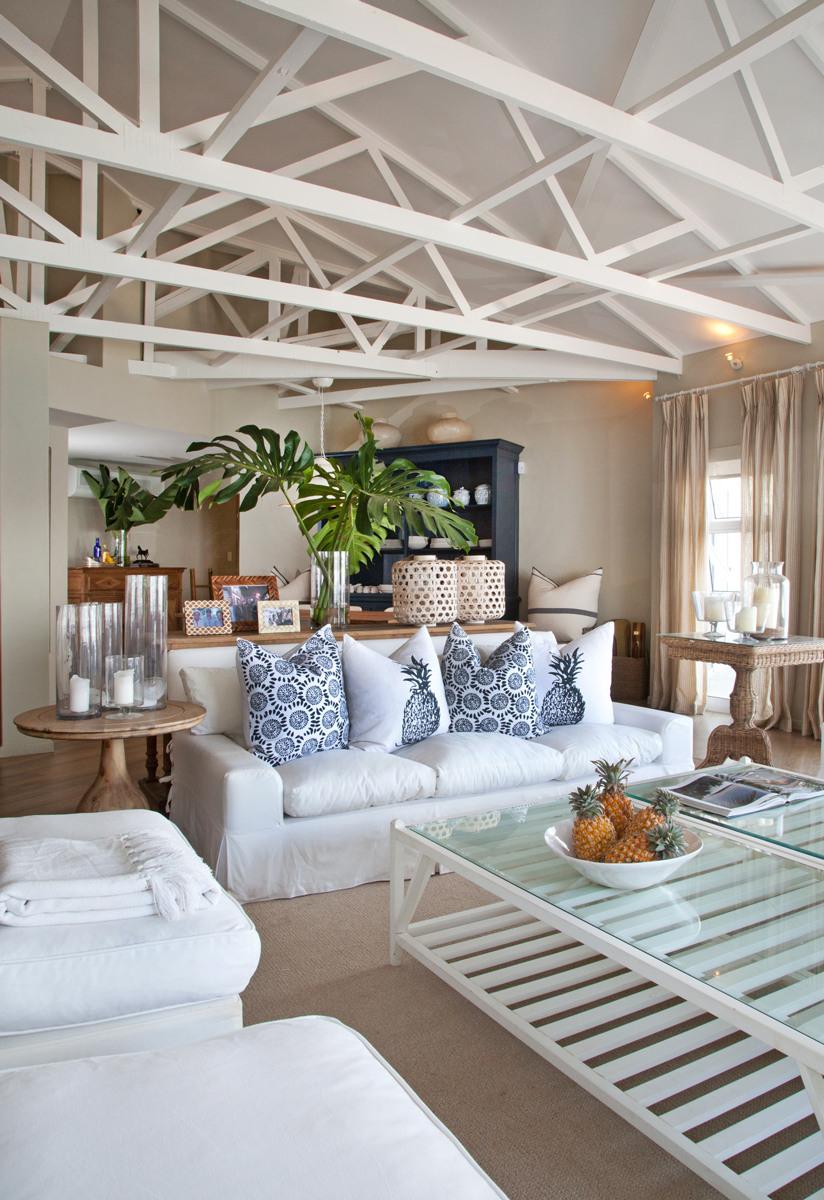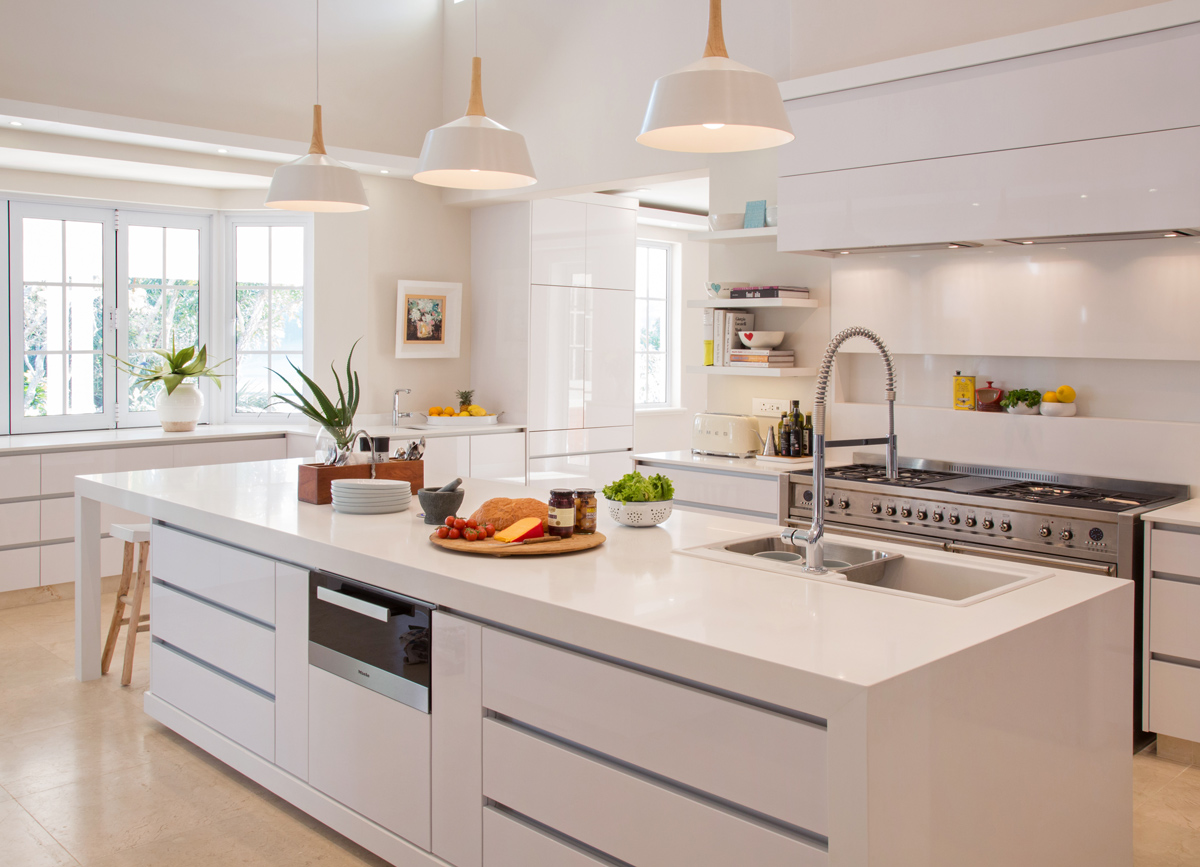If there’s one element that can make or break a room, it’s lighting. Here are some expert tips on creating the perfect scheme.
Related to “Perfect lighting scheme”: Bathroom lighting ideas

Rooms in modern homes need to be multifunctional and the lighting versatile and practical. “Include dimmers so you can change the mood, and different lighting circuits so that you can switch on lights independently. If you’re building or renovating, incorporate bulkheads so that lighting can be concealed,” advises Robert Kalish of Streamlight.
Ideally, a well-balanced lighting scheme should incorporate a combination of the following:
AMBIENT LIGHT

This is general ceiling or wall-mounted lighting which allows you to see where you are going and perform regular activities and is essential in every lighting plan.
TASK LIGHTING

“Task lighting allows you to perform specific activities,” says Eli Kalmi of K. Light Import. “It can be provided by recessed and track lighting, pendants and under-cabinet lighting, as well as by freestanding floor and table lamps. Task lighting shouldn’t have a distracting glare or cast shadows, but should be bright enough so that you don’t strain your eyes.”
ACCENT LIGHTING
“This is lighting that specifically highlights features,” explains Robert Kalish. Use recessed, spot and track lighting, or wall-mounted picture lights to enhance the decor and design of a room. “Accent lighting can also be the feature itself like a pendant or chandelier,” says Eben Kruger of Eurolux.
When choosing fittings, first consider the role of the room and what activities take place there.
You’ll also like: Design a kitchen lighting scheme
LIVING AND DINING ROOMS
These are mainly used for relaxing and socializing and shouldn’t rely on one source of light. “For ambient lighting, use downlights, a pendant or chandelier,” says Robert Kalish. “For reading, place standing or table lamps next to seating.” These also create pools of light which look very appealing at night.

In dining rooms, don’t install downlights directly over the table as this casts shadows and an unflattering light. Striking pendant lights make wonderful features, but make sure the bulbs aren’t visible when you’re sitting down.
Accent lighting can both highlight interesting features and establish a soft, relaxing mood. Always angle downlights or track lights towards the walls so that there isn’t a glare.
KITCHENS
Good task lighting is essential over work surfaces, the stove and sink. Lighting should not cast a shadow over your hands or the work area.

“New compact fluorescents are often used in kitchens as they emit up to 90% less heat and have a brighter light than other bulbs,” says Eben Kruger. “Downlights are also a good choice as they can be positioned above work surfaces and then angled. Track lights have a similar effect to downlights and are less expensive to install.”
Keep reading: Practical kitchen makeover: An inviting space for entertaining
BEDROOMS
Bedrooms need general light for dressing and task lighting for reading and grooming. The ambient light should give a feeling of comfort and this can be achieved with downlights or concealed lighting in bulkheads. Use dimmers to adjust the lighting level. Never compromise on the bedside lamp which should be adjustable to direct light onto the page and not into your eyes.

Add downlights or strip lights inside wardrobes and make sure lights over a full-length mirror shine on you not the mirror. For a dressing table, place lights on either side of the mirror for even light on the face.
ENERGY EFFICIENCY
Energy efficient light sources can make a surprisingly big impact on your energy consumption. “Compact Fluorescent Lamp (CFL) bulbs and Light Emitting Diode (LED) bulbs not only use less energy but last much longer than ordinary incandescent bulbs,” says Eben Kruger.
Keep reading: What you should know about installing solar power

